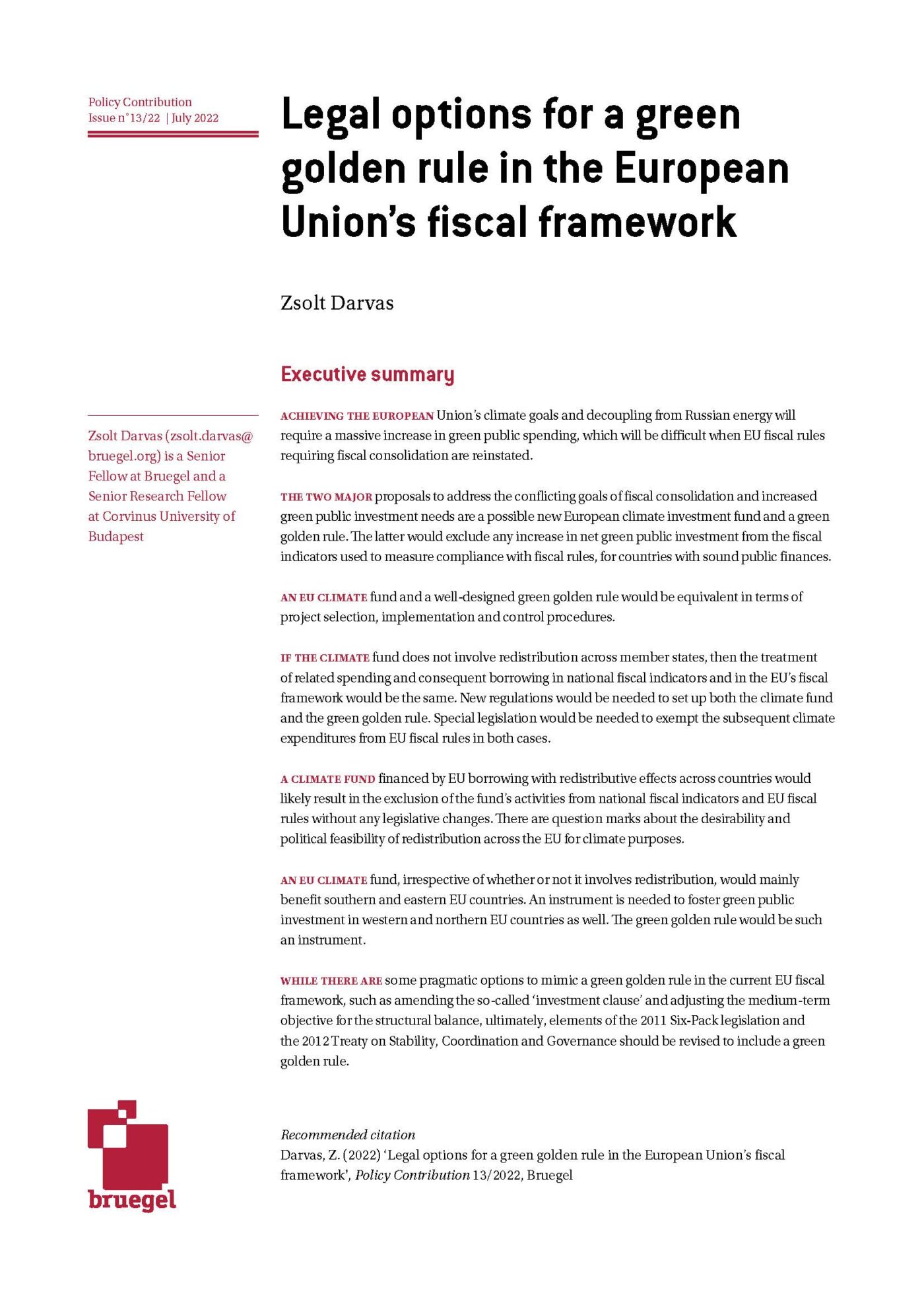Blog Post
Can the global recovery be sustained even as the pandemic rages?
The global economy is showing signs of recovery from the economic crisis caused by COVID-19, though the spread of the coronavirus is accelerating in some countries. In this circumstance, policymakers must weigh up the trade-offs involved in dealing with the pandemic while easing lock downs and sustaining economic activity. Differences in age structures, urbanisation rates and other factors will inform decision making in different countries.
The incidence of new cases of COVID-19 might be declining in Wuhan, Bergamo, Madrid, and New York – at different times the epicentres of the disease – but many experts believe that these are still the early days of the pandemic. At this writing, cases are growing at the exponential rate of 1.5% a day, implying a further doubling of cases by late August. The reproduction rate has fallen to well below 1 in China and the Western Pacific, across Europe and in the north-eastern United States, which if sustained (a big if) points to the eventual extinction of the virus in those regions. But it remains far higher than 1 in the rest of the world. In Brazil, India and Russia, the countries with the highest numbers of cases after the United States, cases are rising at daily rates of 1.5%, 3% and 1% respectively. Most ominously for the global economic recovery, cases are growing at a daily rate of around 3% in the south and west of the United States, including in the three most populous states, California, Texas and Florida, regions which accounts for over 10% of world GDP.
Economic recovery
The pandemic has devastated the global economy, with world GDP estimated to fall by 5% in 2020. In comparison, world GDP was essentially flat in 2009, the worst year of the Great Financial Crisis. Nevertheless, a vast array of economic indicators now suggests that the global economy has entered recovery mode and the turning point in the cycle has been reached.
Chinese producer surveys indicate that its services and manufacturing sector are both in expansion mode and have already surpassed pre-crisis levels. Although activity remains depressed, especially in services, surveys in the United States also point firmly to expansion, with a remarkable and surprising decline in unemployment from extremely high levels. All countries surveyed or reported on by Markit showed improvements in manufacturing activity in June, though from far lower levels compared to the same time last year in nearly all cases. In Europe, France, which has been one of the worst hit European economies, appears to be recovering especially rapidly. Global indicators of activity, including as the prices of copper, iron ore, oil, and the Baltic Dry index of shipping costs (a leading indicator of global trade), point firmly upwards. The starkest contrast with the gloomy numbers on the epidemic is found in stock markets, which have largely recovered their COVID-19 decline, and, in the case of the United States and China are already well above their 2019 averages.
The large-scale countercyclical monetary and fiscal expansion applied in different degrees across the world is an essential part of the recovery story. But the effects of countercyclical policy are finite in time and scope, and while inflation and interest rates are likely to stay low in coming years, it would be foolhardy to assume that this situation is permanent. The ongoing recovery can only be sustained if the fundamental cause of the crisis, namely the pandemic – or, more accurately, the panic it has caused and the lockdown it has triggered – is resolved or at least durably mitigated.
As it turns out, lock downs, where they have occurred, have been narrowly time-bound, typically two to four months. Economies have reopened or are reopening, many jobs are returning, and markets believe that – while the authorities might re-impose some limited restrictions – they will not revert to national lock downs. This trend is exactly what would be expected in states such as New York or nations such as Germany, which have contained the epidemic and where the authorities can realistically deal with emerging clusters of infections with geographically- or group-targeted quarantine measures. But why are US states such as Florida and Texas, or nations such as Brazil and India, reopening when the virus is evidently not under control? And is it realistic to expect continued economic recovery as the epidemic continues to rage? Let us take these important questions in turn.
Lockdown calculus
Reopening is happening earlier in the epidemic cycle than occurred in, say, China or Italy, because policymakers now have a better understanding – or think they have a better understanding – of the trade-offs involved in keeping the economy closed for a long period. The sheer fiscal and growth cost of lock down continues to shock even the experts. Three phenomena are now understood far more clearly than at the outset of the crisis.
First, the extraordinarily uneven effect of lock down on society, with those earning least and most reliant on working daily far more severely affected than those earning more and able to work remotely. High and rising inequality is not new and is not caused by the lock down but is made far worse by it.
Second, we now know that the infection-fatality rate is far lower than originally feared – estimated in a meta-study at 0.68% – on account of large numbers of unreported asymptomatic infections. More recent evidence suggests that the fatality rate has declined significantly in part because of improved treatment. Several countries – including the United States and most countries in Europe – presently show very few excess deaths compared to benchmarks based on the past five years.
Third, it has been abundantly confirmed that fatality is very heavily concentrated among people with serious underlying diseases and aged over 65 (the median age of COVID-19 fatalities in Italy is 82), cohorts which make up a small part of the labour force. Taken together, these considerations have changed the political and economic calculus against prolonged lock down: the cost of lock down in terms of fiscal burden, reduced output and inequality is greater than expected, while the benefit in terms of lives saved is also less than could be estimated initially. Given the low likelihood of severe disease among the young, many are asking: how can we safely arrange for young healthy people to work and for children to return to school?
These observations apply generally, but there are major differences between countries. COVID-19 has had a remarkably diverse impact across geographies, even within provinces. Unsurprisingly, large countries such as the United States, Brazil, Russia and India, find it almost impossible to justify extended national lock downs when disease is concentrated in one or two epicentres, while vast territories and their populations are hardly affected. Even in China, confinement measures varied widely across the territory during the worst of the epidemic.
But the most important distinction is between rich countries and the poorest, not least because the latter account for most of the world’s population and therefore of potential infections. It turns out that the political and economic calculus of prolonged lock down is especially fraught in developing nations, where the virus is now spreading most rapidly. Even though poor countries have the least-equipped medical systems and are the most fearful of the disease, other factors argue in favour of early reopening and tend to dominate. These countries have minimal fiscal capacity to fund safety nets, are most vulnerable to a collapse in confidence or surging inflation in the event of monetary loosening, have very large informal sectors where workers rely on their daily work for food, and find it impossible to isolate large parts of the population (the poorest), who live in urban slums. Poor countries have young populations which are the least likely to develop serious complications from the disease. For example, the death rate per million people from COVID-19 in Africa – no doubt undercounted due to limited testing – is six, while it is over 288 in Europe.
Sustainability
Can the recovery in rich states such as Florida and poor nations such as India be sustained even as the virus continues to spread? The answer is a conditional yes, but, tragically, that course implies higher rates of death and disease. Countries with very young populations and low death rates, as in Africa, or those where death rates are low and infections are disproportionately among the young (as is presently the case in the south and west of the United States) may decide – and indeed in some cases have decided – that the risk of reopening is acceptable. They are likely to opt for softer measures to contain the virus, including mandatory wearing of masks, social distancing rules, banning large meetings and special precautions in potential hotspots, such as nursing homes and meatpacking plants. As disease spreads among young people, older people and those with underlying conditions can be expected to be cautious and self-isolate even without government encouragement (I speak from experience).
This is an approach like that pursued by Sweden, which has eschewed lockdown. Sweden suffered much higher COVID-19-related death rates than its Scandinavian neighbours but has also seen lower death rates than the worst-affected countries and prevented the epidemic from overwhelming its medical system. Sweden’s open economy has suffered a deep recession partly caused by the collapse in world trade. However, with reopening policies pursued across the world, all economies will draw support from the recovery of global trade.
The biggest risk in pursuing an early reopening strategy is that the medical system will be overrun. In that scenario, death rates could soar due both to COVID-19 and to all other medical conditions requiring urgent treatment. The result could be immense political pressure to reverse course, which may overcome even the formidable opposition to lock down. In cities including Atlanta, Houston, Los Angeles and Miami, hospitalisation numbers are surging, and spare bed and intensive-care capacity is being rapidly taken up. To avoid the worst, authorities have already reversed many opening measures, and are working to expand medical capacity. But even if a return to lock down becomes inevitable in large territories such as Texas, California, and Florida, it may be possible to limit it to hotspot locations, avoiding the worst effects on the broader economy.
Even if the global recovery is sustained as the epidemic spreads, it is impossible to imagine that the economy will return to anywhere near full employment while the virus is still so present. Fear of the virus is an important deterrent to mobility. That means that, regardless of reopening rules, sectors including air travel, holiday cruises, tourism, recreation, and restaurants, will continue to operate well below potential until an effective treatment or vaccine for COVID-19 is found.
Policy
There is no one-size-fits-all prescription for how countries should deal with the pandemic while sustaining economic activity. Wealthy small nations with fiscal capacity and older populations, such as the Netherlands, can afford extended lock downs that drive cases nearly to zero before reopening. But a poor large nation with a young population, such as India, cannot afford a uniform nationwide lock down for long. Even so, because of differences in age structures, urbanisation and other factors, cumulative death and serious disease rates in India may turn out to be lower than in the Netherlands.
There are opportunities for countries to coordinate their lock down and reopening policies, but these are not simple to characterise, even less to capture. Reopening early is bad for neighbours because disease can spread across borders, but maintaining an extended lock down is also bad for neighbours because recessions spread across borders too. Closing borders can help keep infections at bay for a while, but only at large economic cost, especially for countries reliant on tourism.
No-one has an interest in the epidemic spreading out of control across the world, but, fortunately, everyone has an interest in containing it at home. In pursuing their own interests, countries pursue the general interest, reducing the need for explicit coordination. Countries are largely charting their own courses in dealing with COVID-19, as they should. Where the pandemic has created a pressing need to coordinate internationally is in the major investments required for the development of treatment and vaccines, and in making those remedies available to all. Enabling the flow of medical goods and services across borders is also crucial for economic and medical reasons. Ironically, despite all the hand-wringing about protectionism and deglobalisation, commerce in that sector is up 12% on last year, demonstrating that, in the moment of greatest need, trade is part of the solution, not part of the problem.
Recommended citation
Dadush, U. (2020) ‘Can the global recovery be sustained even as the pandemic rages?’ Bruegel Blog, 15 July, available at
Republishing and referencing
Bruegel considers itself a public good and takes no institutional standpoint. Anyone is free to republish and/or quote this post without prior consent. Please provide a full reference, clearly stating Bruegel and the relevant author as the source, and include a prominent hyperlink to the original post.









